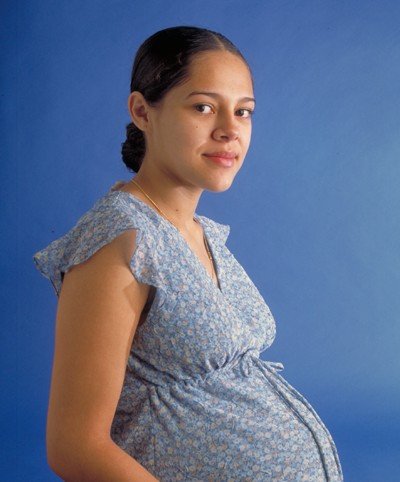Epidemiologic studies suggest that about 10% to 15% of women suffer from clinically significant depressive symptoms during pregnancy. Little is known, however, about the prevalence of depression among women with high risk pregnancies. A recent study published online in the Journal of Clinical Psychiatry suggests that this population may be at significant risk for antenatal depression.
129 women hospitalized for high risk pregnancies were assessed using a variety of instruments, including the Edinburgh Postnatal Depression Scale (EPDS) and the Dyadic Adjustment Scale (DAS). Obstetric complications were classified according to the Hobel Risk Assessment for Prematurity.
-44.2% of the women (57/129) had clinically significant depressive symptoms, with a score of 11 or greater on the EPDS.
-19.4% of the women (25/129) met the DSM-IV criteria for major depressive disorder.
-Mothers reporting strong attachment to the unborn child experienced less severe depressive symptoms.
-Women reporting relationship difficulties were more likely to experience more severe depressive symptoms.
-The severity of the obstetric complication did not appear to correlate with the severity of depressive symptoms; however, one type of complication – incompetent cervix – was more strongly associated with depressive symptoms.
These findings indicate that women with high risk pregnancies are at higher risk for depression than women with uncomplicated pregnancies and argue for more careful screening for depression in this population. Because depression during pregnancy is a predictor for postpartum depression, it should be noted that these women may continue to be at risk for depression after delivery. Furthermore, certain interventions, including psychotherapy and support groups, may help to prevent more severe psychological symptoms in this population at high risk for depression.
Ruta Nonacs, MD PhD







Thanks for this valuable information. Although I’d think it would be a no-brainer to discern that PPD is more prevalent among women with high-risk pregnancies, it’s nice to know that actual, valid research is being done in this area.
I experienced a very high-risk pregnancy in 1994 with identical twin boys who suffered from amniotic banding syndrome. They were born by emergency C-section 3 months premature, and then just 3 months later I was pregnant again. The subsequent pregnancy was normal with a normal birth, and yet I suffered horribly with PPD. I was left undiagnosed for several months even though I was hospitalized twice for my devastating symptoms. My team of doctors never saw the correlation between my ordeal with the twins and my PPD symptoms.
Now, hopefully doctors are better informed, with the help of posts like yours that make a great impact on spreading awareness. I also write a blog on PDD and PPD prevention and would appreciate being considered as a link on your site.
Warm regards,
Kristin Park
http://ppdsurvivor.blogspot.com
My gratitude goes out to those researchers who have spent so much time to understand and assist both women and their unborn children.